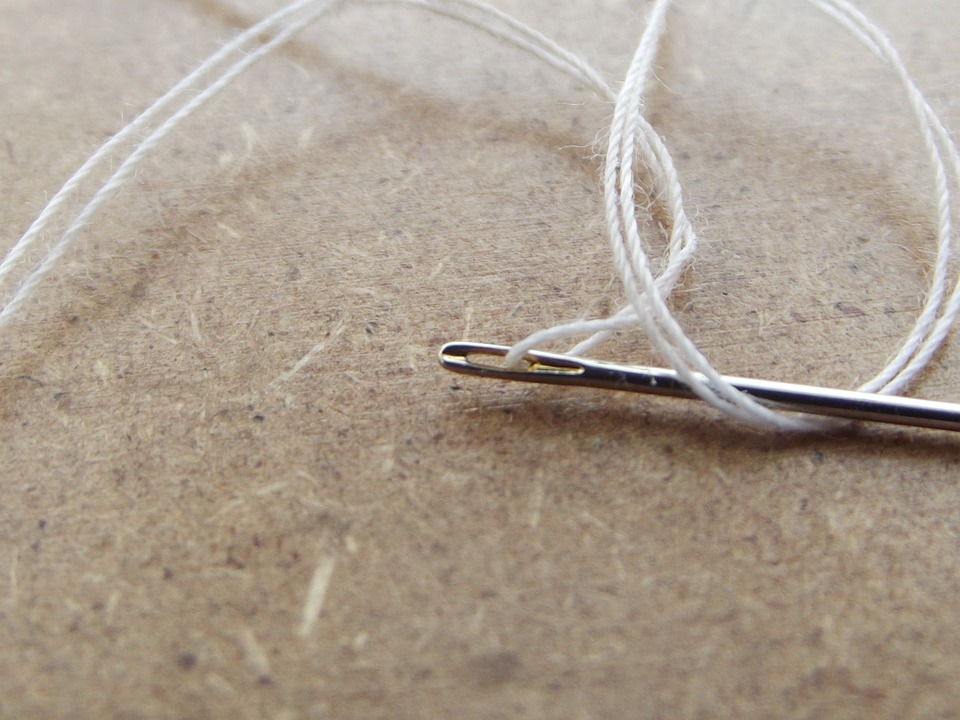Sewing Thread Color Charts Demystified: How to Select the Ideal Thread Colors for Your Projects
One of the most crucial aspects of any sewing project is the selection of thread colors. The right thread color can make your creations come alive, while the wrong choice can create a mismatched and unattractive result. However, with an overwhelming array of options available, it can be extremely challenging to choose the perfect thread colors for your projects. This is where sewing thread color charts come into play. These handy tools are designed to help you select the ideal thread colors for your sewing ventures, making the process much more efficient and enjoyable. In this article, we will demystify sewing thread color charts and provide you with tips on how to use them to your advantage.
Understanding Sewing Thread Color Charts:
Sewing thread color charts serve as comprehensive catalogs of thread colors available from various manufacturers. They display a vast array of shades, from basic neutrals to bold and vibrant hues. These charts typically categorize the colors based on their respective color families, making it easier for you to compare and choose the most compatible colors for your sewing project.
For instance, you might find sections dedicated to warm colors like reds, oranges, and yellows, or cool colors like blues, greens, and purples. Additionally, many charts include neutral sections featuring shades of black, white, gray, and beige. By organizing the colors in this manner, the charts help you visualize the available options and simplify the decision-making process.
How to Use Sewing Thread Color Charts:
Now that we understand the purpose of sewing thread color charts, let’s explore some practical tips for utilizing them effectively:
1. Identify Color Families: Start by identifying the primary color families that align with your project. Determine whether you want warm, cool, or neutral tones. This step will help you narrow down your options and focus on the specific areas of the chart that are relevant to your project.
2. Consider the Fabric: Take into account the color and type of fabric you will be working with. Some threads may appear different on certain fabrics due to variations in the fabric’s texture and light reflection. It is always helpful to test a few thread colors on a fabric swatch or scrap piece before making a final decision.
3. Contrast or Match: Decide whether you want your thread color to complement or contrast with your fabric. For instance, if you have a bold and patterned fabric, a matching thread color may seamlessly blend in, while a contrasting thread color can create a striking effect. Determine the desired outcome and select your thread colors accordingly.
4. Use Color Theory: Utilize basic color theory principles to guide your decision-making process. Complementary colors, those found opposite each other on the color wheel, can create an eye-catching contrast. Analogous colors, located next to each other, can generate a harmonious and visually pleasing effect. Experiment with these color relationships using the thread color chart as a reference.
5. Building a Personal Palette: Over time, you may start to notice certain thread colors that work exceptionally well for your projects. Consider creating a personal palette by marking or noting these colors on the chart for future reference. This will help you build a collection of go-to thread colors that you can rely on for consistent results.
Remember, sewing thread color charts are meant to guide and inspire you, but they should not restrict your creativity. Sometimes the most unique and beautiful projects come from unconventional or unexpected color combinations. Use the charts as a starting point and feel free to deviate and explore based on your own instincts and artistic vision.
In conclusion, sewing thread color charts can be incredibly useful tools in selecting the ideal thread colors for your projects. By understanding their purpose and utilizing them in conjunction with your unique creative style, you can achieve stunning and cohesive results. So, next time you embark on a sewing endeavor, don’t forget to consult a sewing thread color chart and let your imagination take flight!

